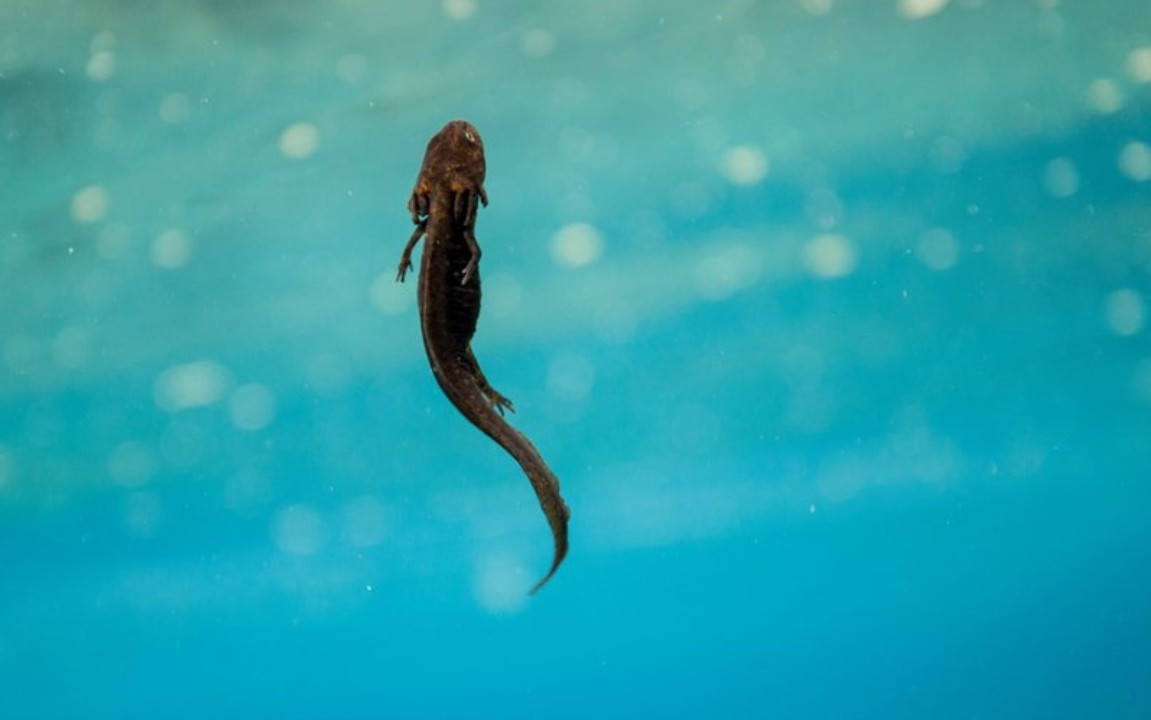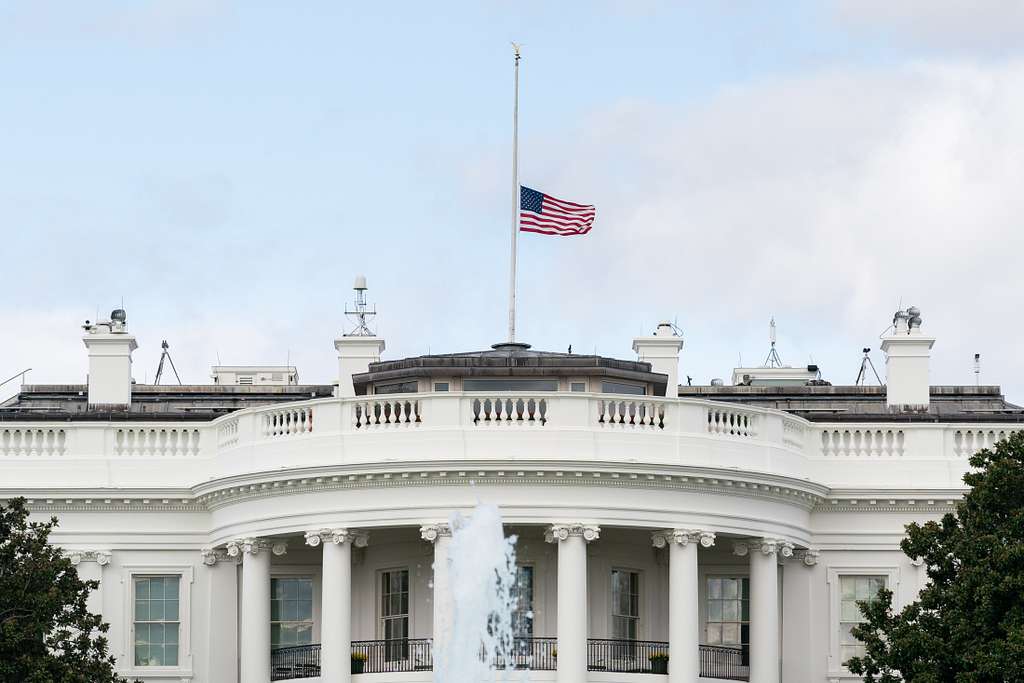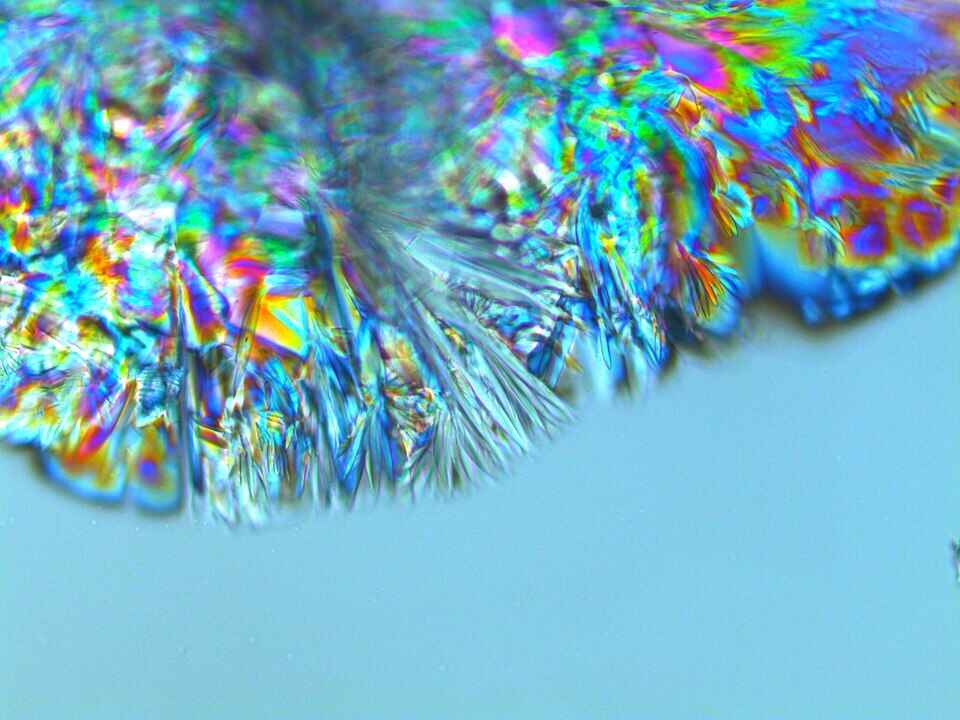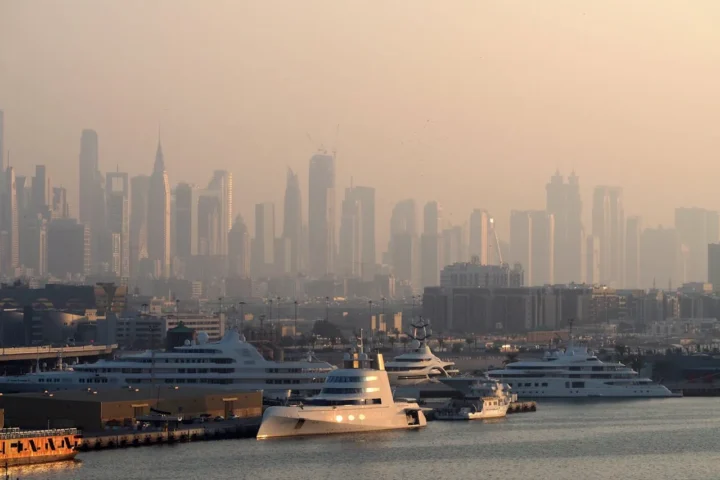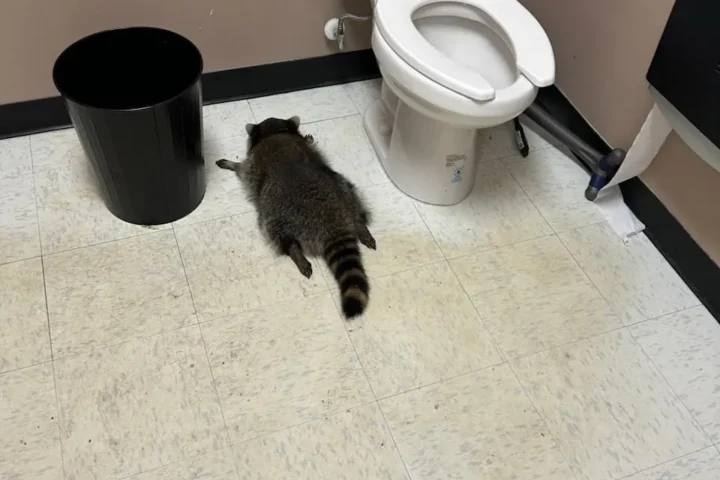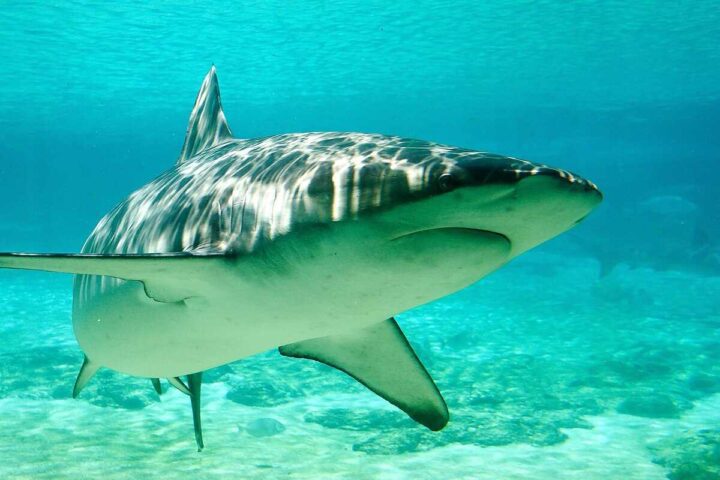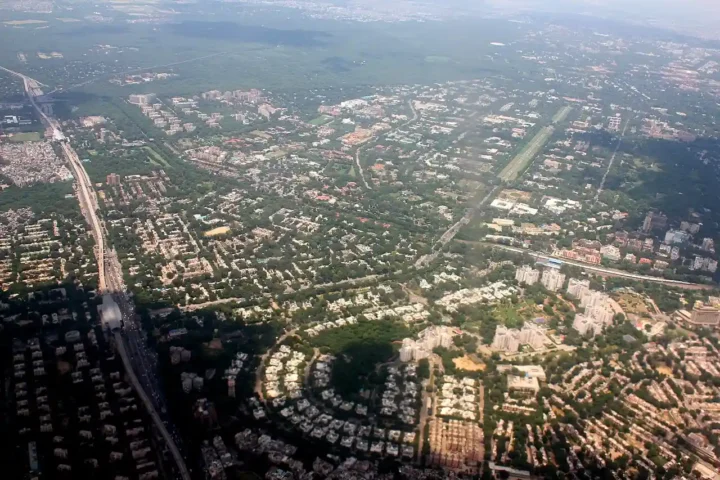The Center for Biological Diversity filed a lawsuit against the Trump administration on July 3, 2025, for failing to provide timely protection for the critically endangered Crater Lake newt under the Endangered Species Act.
The newts, found only in Oregon’s Crater Lake, have seen their population crash dramatically from 35 animals in 2023 to just 13 in 2024. Scientists warn the species could disappear entirely within two years if urgent action isn’t taken.
“Crater Lake newts are on the brink of extinction and if the government waits any longer to protect them it’ll be really tough for these imperiled amphibians to recover,” said Chelsea Stewart-Fusek, an endangered species attorney at the Center for Biological Diversity.
The lawsuit specifically targets the U.S. Fish and Wildlife Service for missing a November 2024 deadline to issue a finding on whether the newt should receive protection. While the agency acknowledged in 2023 that the newt may qualify for endangered species listing, it has not completed the required 12-month review.
Budget cuts and staffing reductions at the Fish and Wildlife Service appear to be a major factor in the delay. The agency lost approximately 420 employees earlier this year due to budget cuts implemented by the Department of Government Efficiency (DOGE), formerly run by Elon Musk.
The Crater Lake newt faces a double threat from invasive signal crayfish and climate change. Unlike its relative the rough-skinned newt, the Crater Lake subspecies lacks the neurotoxin that typically protects newts from predators. This makes them especially vulnerable to the crayfish, which were introduced to the lake in 1915 as a food source for non-native fish.
Similar Posts
The crayfish now dominate over 95% of the lake’s shoreline, with scientists projecting they could occupy 100% within two years. Warming lake temperatures due to climate change have created ideal conditions for crayfish population growth, accelerating the newt’s decline.
Beyond threatening the newt, the crayfish invasion is impacting Crater Lake’s famous clarity. By consuming native plankton-eating invertebrates, the crayfish are increasing algae growth in the lake.
If granted endangered species protection, the newt would become eligible for federal funding that could support critical conservation efforts including captive breeding programs and crayfish removal initiatives.

The case highlights growing concerns about wildlife protection under the current administration. “We’re in a biodiversity crisis because of our government’s short-sighted actions,” said Stewart-Fusek. “Nearly half of the world’s amphibians are at risk of extinction, and the situation is even worse for salamanders and newts.”
The lawsuit was filed in federal court in Portland and names Secretary of the Interior Doug Burgum in his official capacity.
